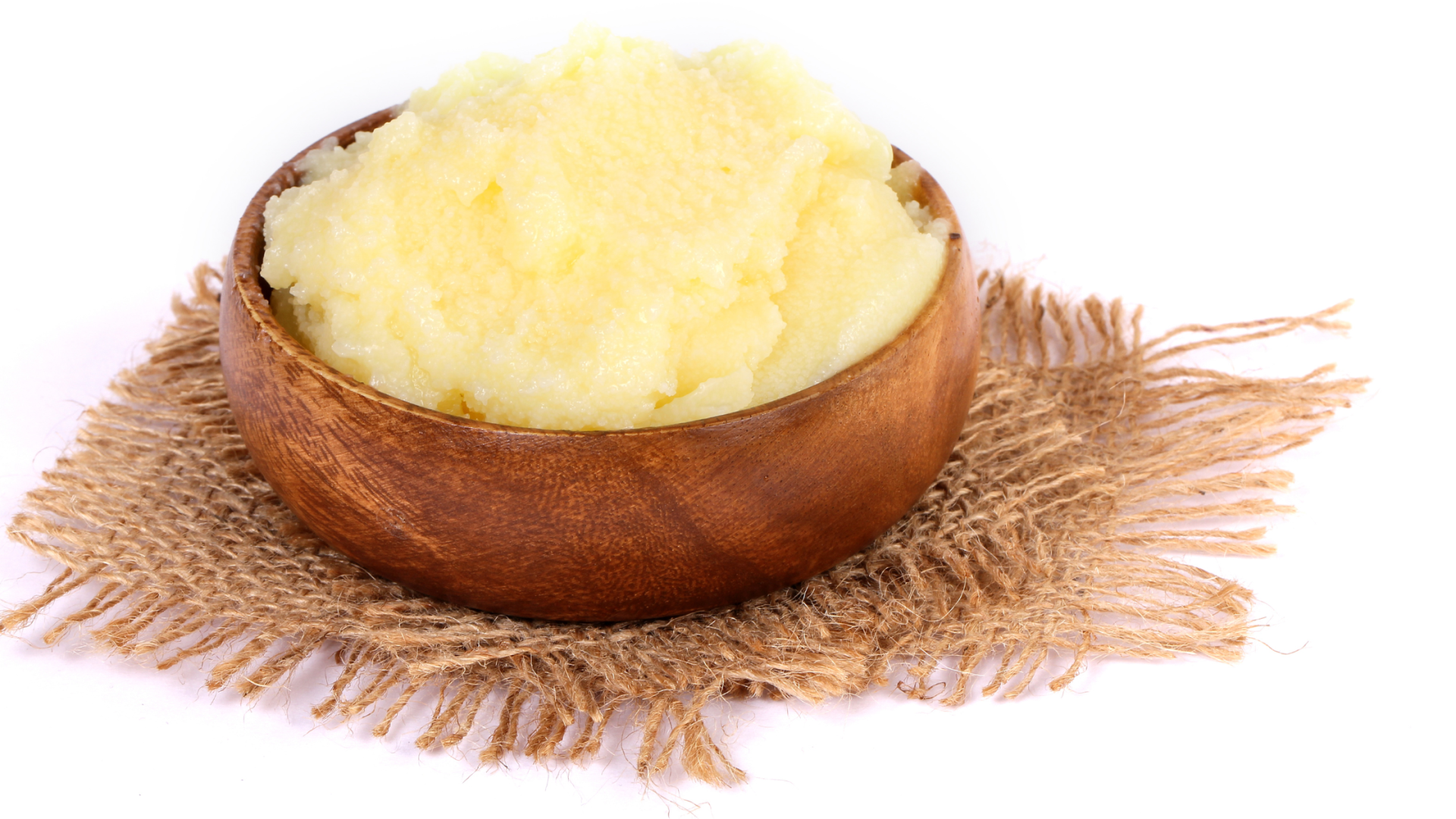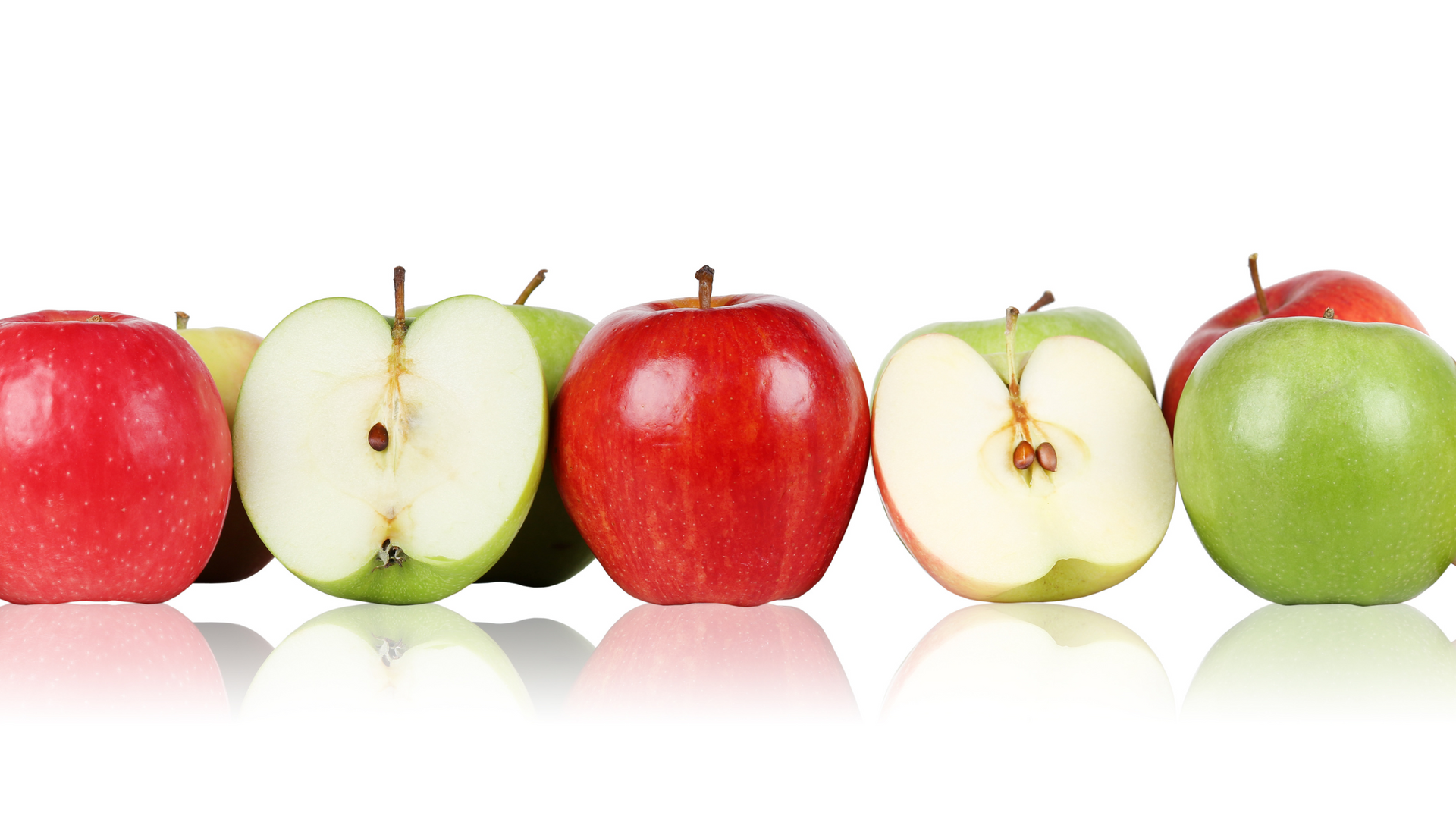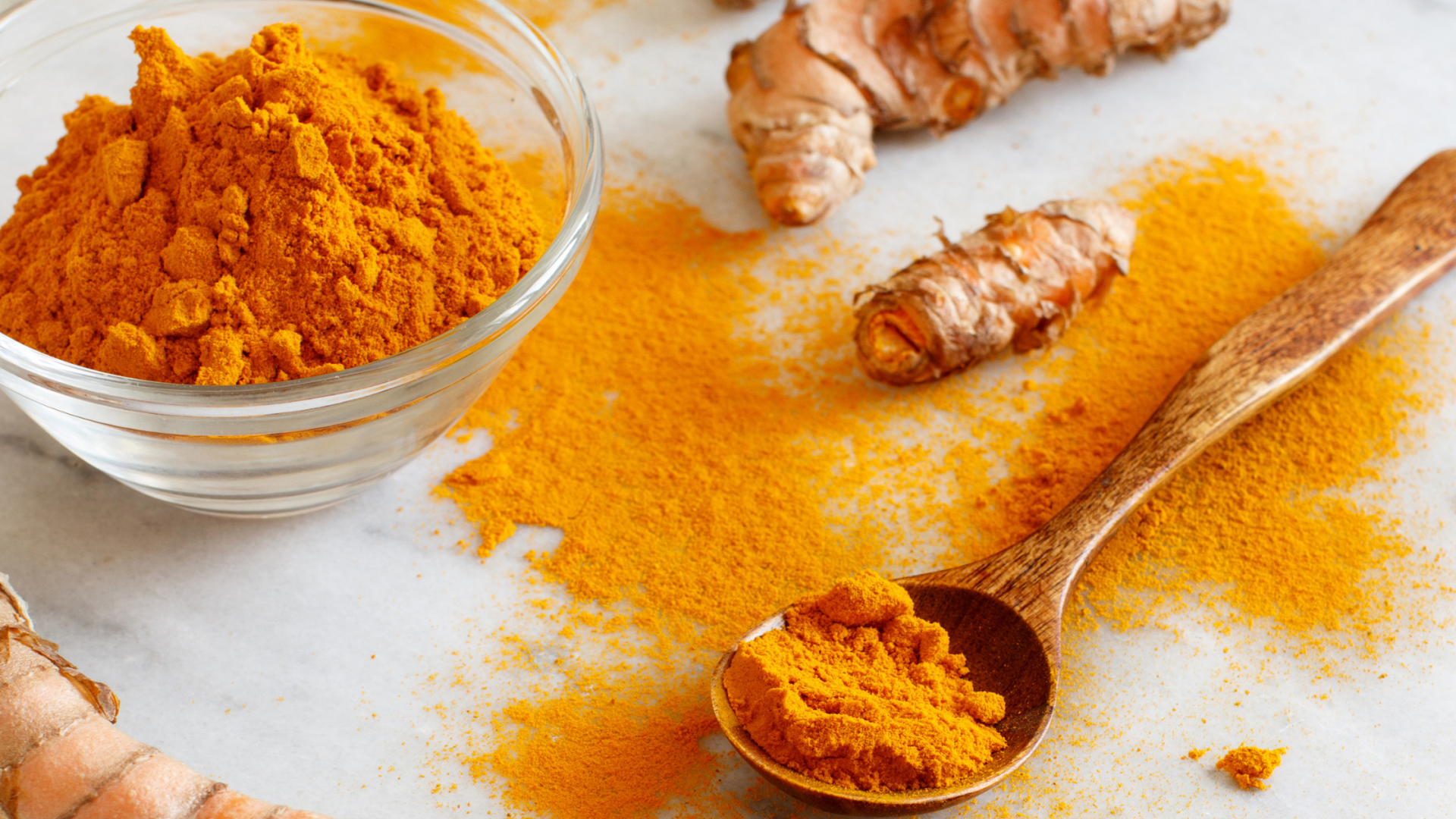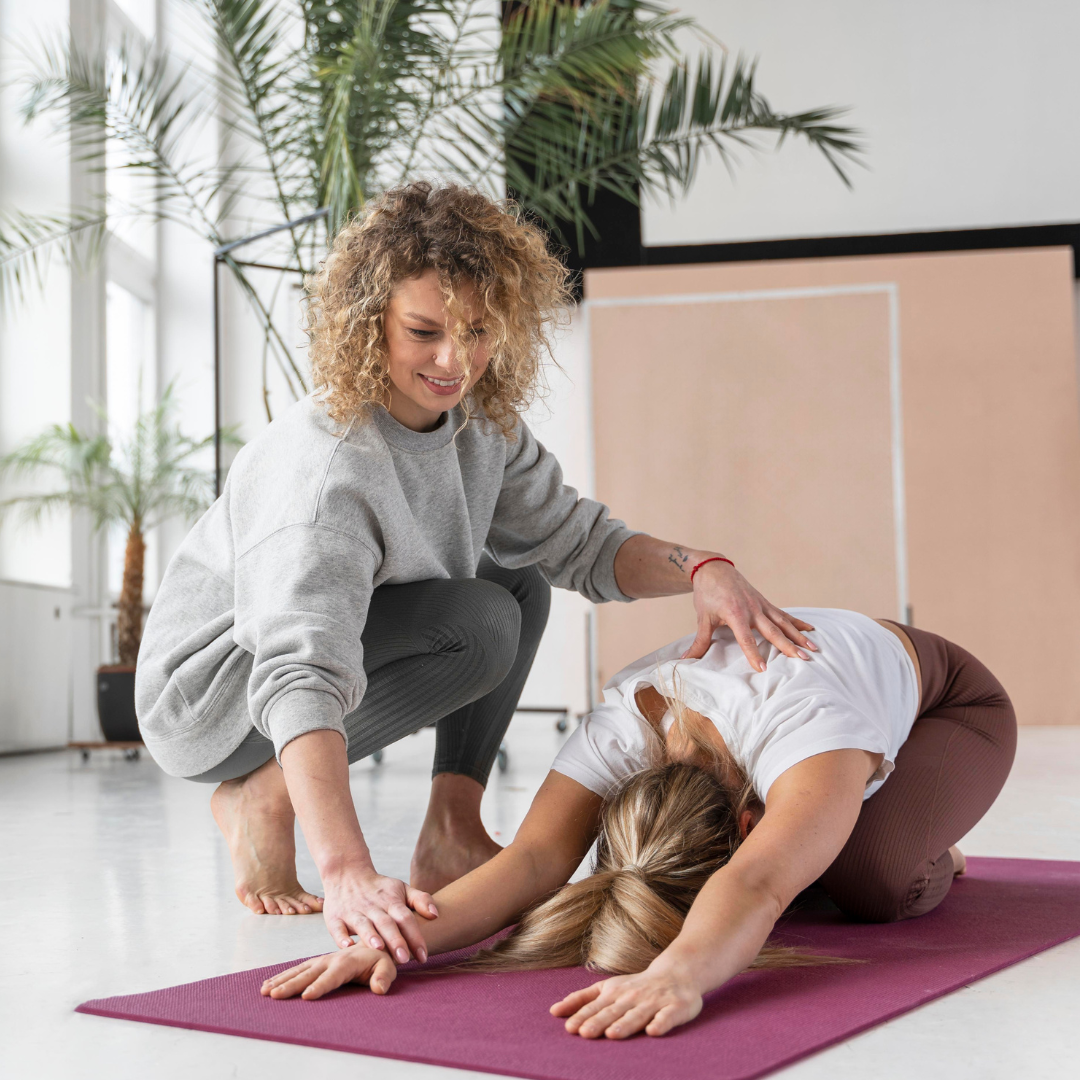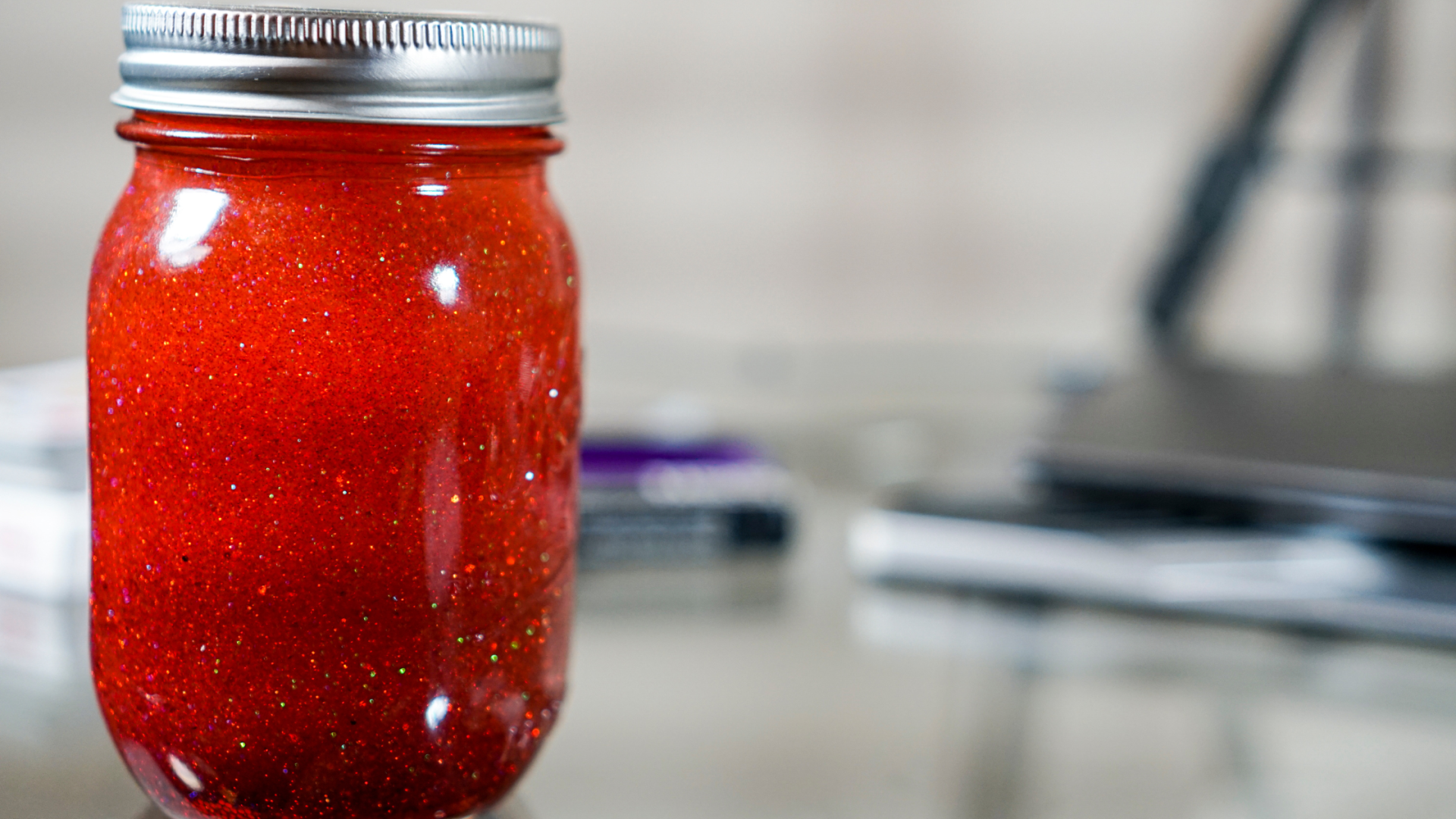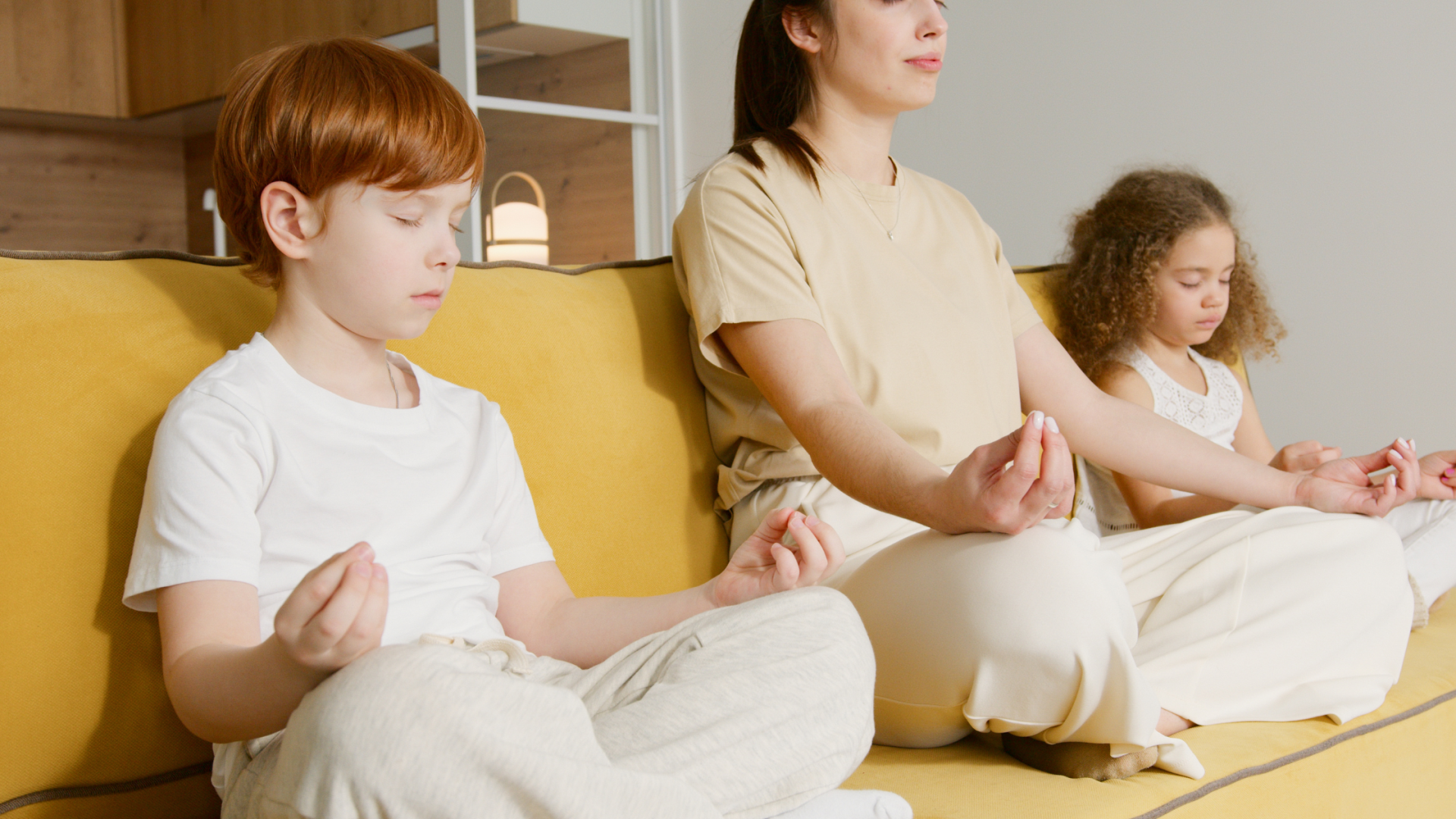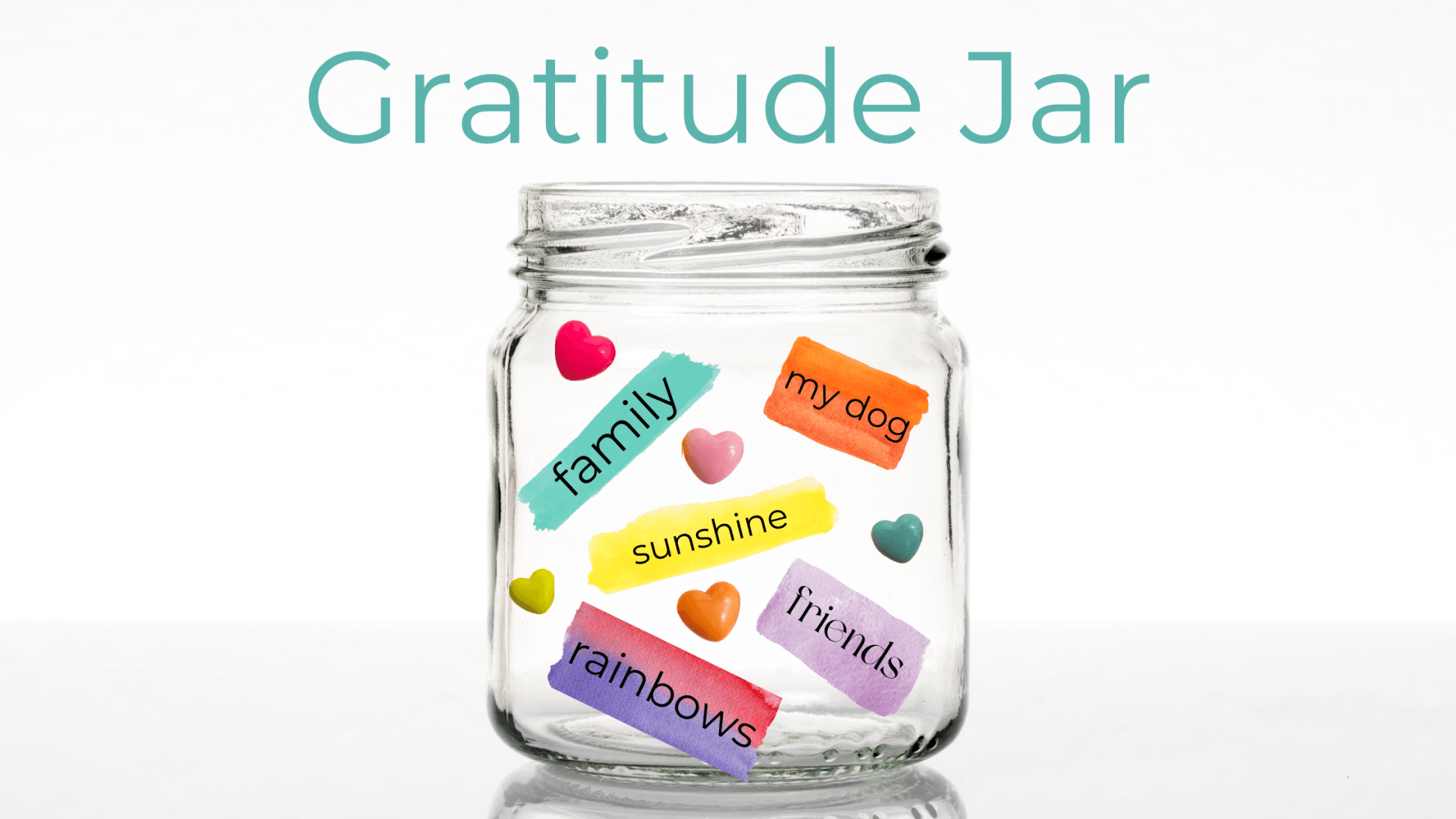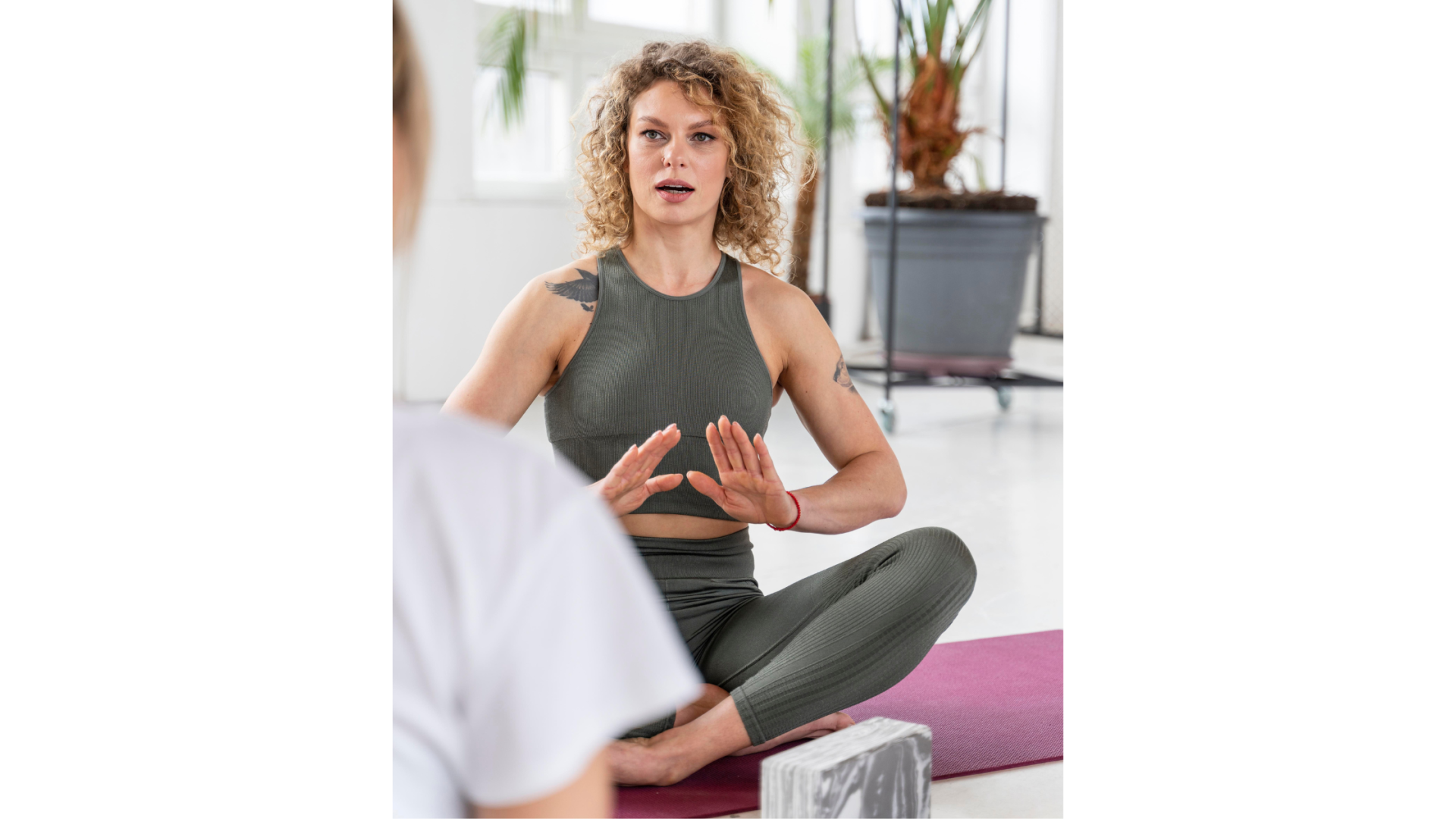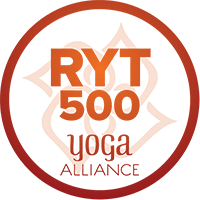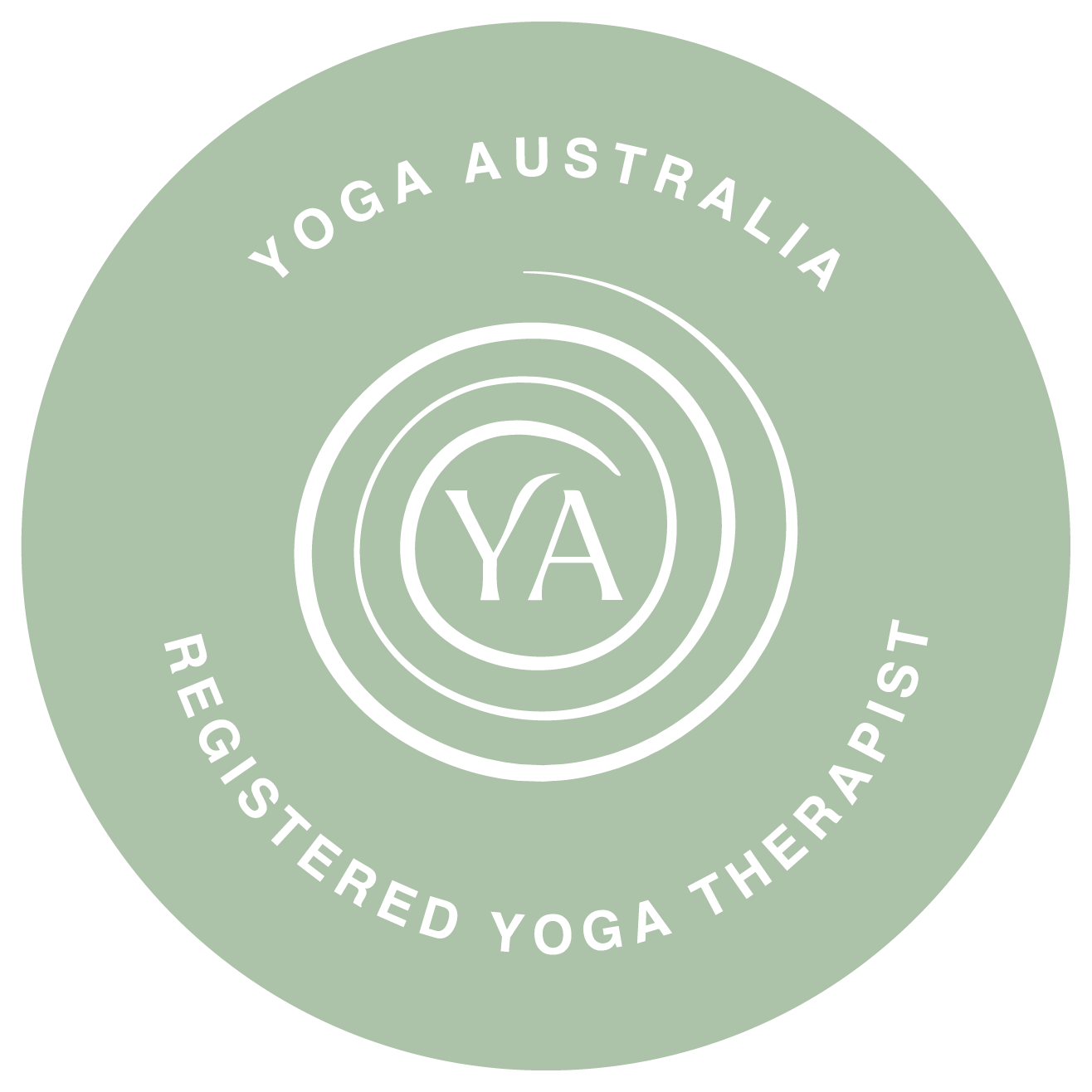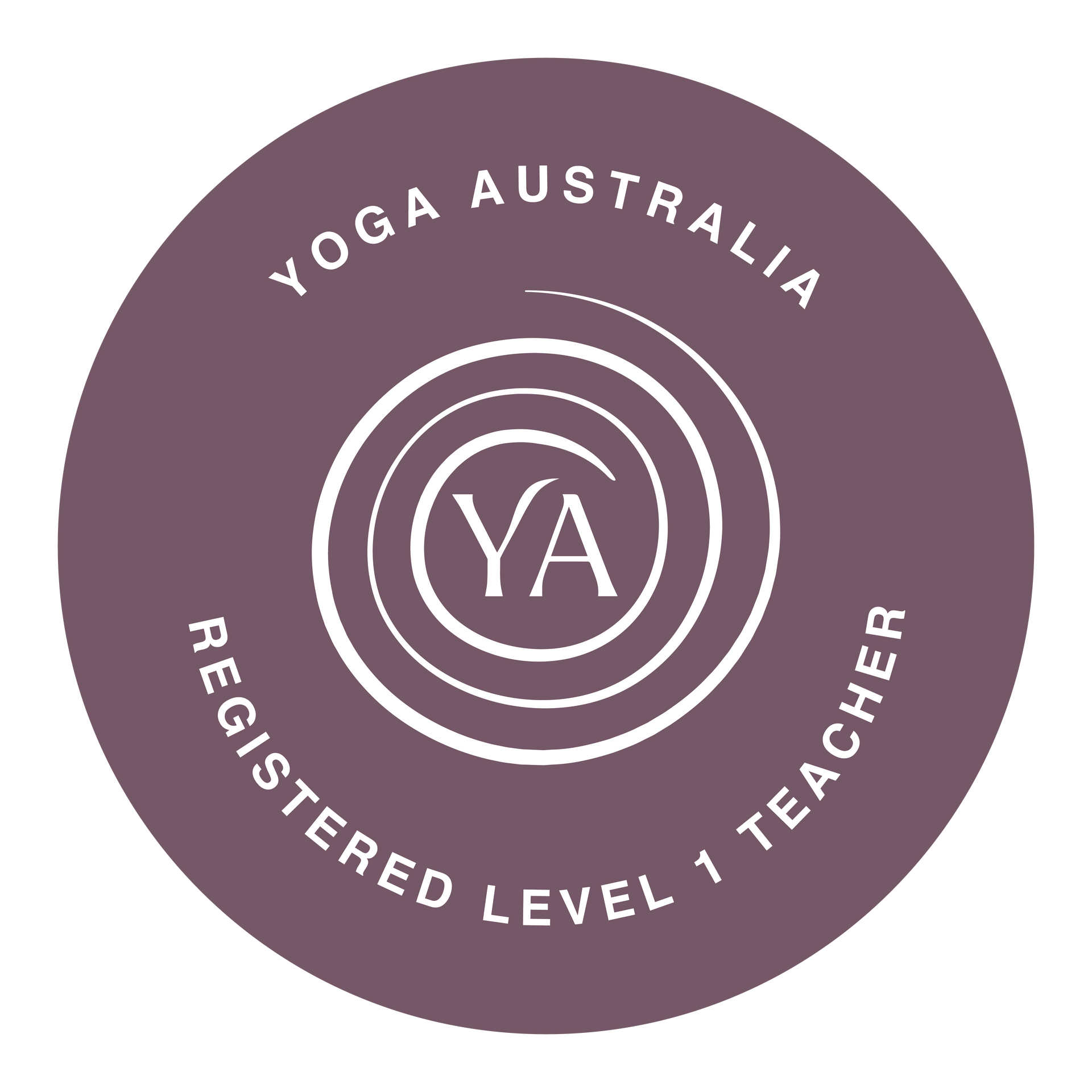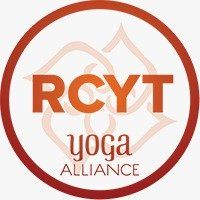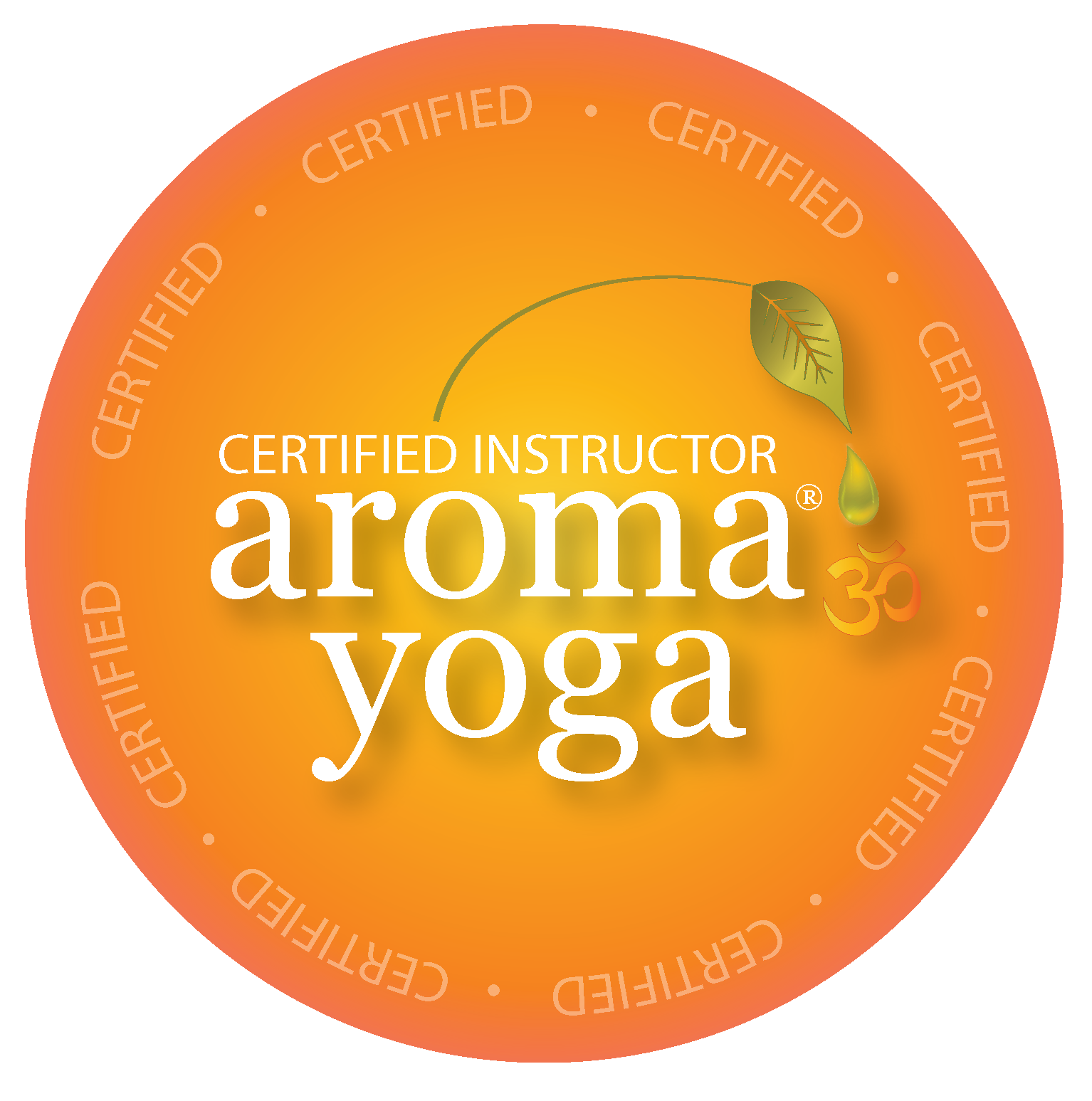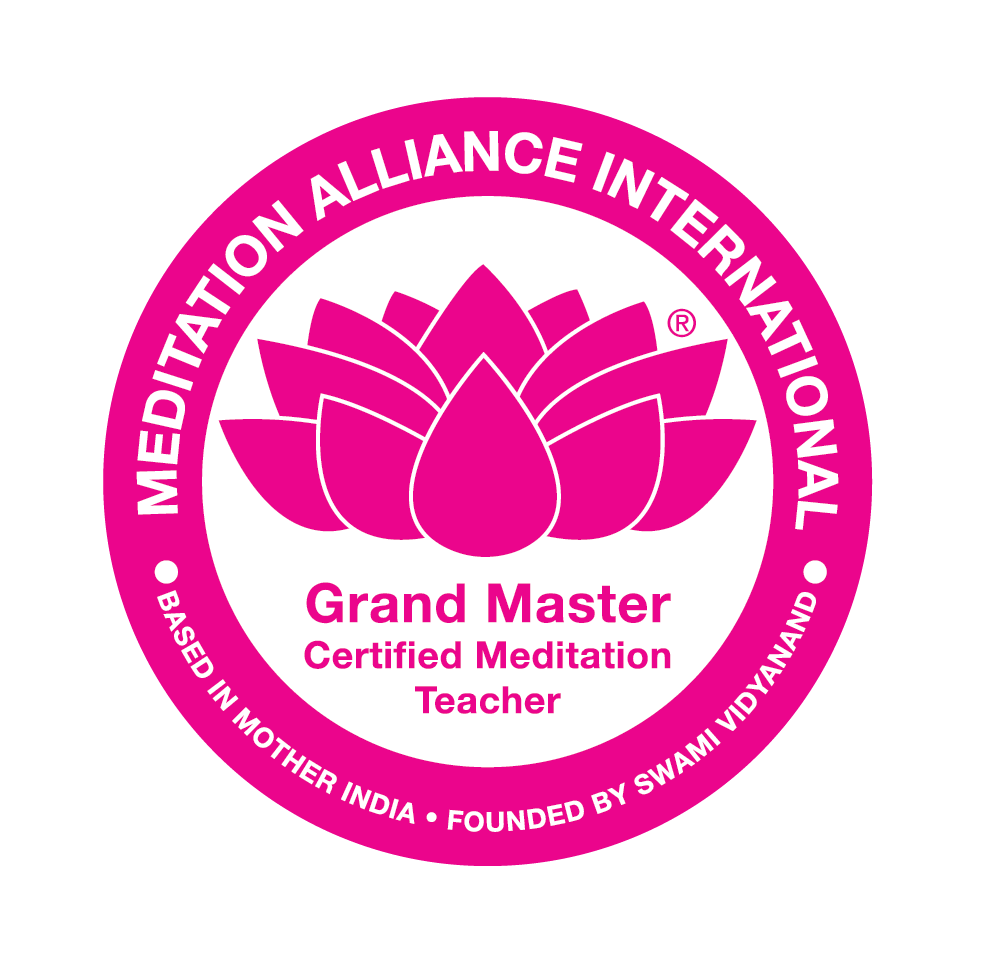Ayurveda and The Use of Ghee
In the West the use of fats has been widely discussed and many people take a for or against stance on their use. There has been the "fat is good" or "fat is bad" or "some fats are bad" theories and I'm sure this discussion will continue.
In the Ayurvedic world, fats were never labelled as good, or bad. They have always been regarded as an important component of a well balanced diet and have been enjoyed in moderation for their health benefits. In Ayurveda, of all fats, ghee is considered the best fat as it contributes to the healthy functioning of our digestive juices (agni in Ayurvedic terms), immunity (oja), strength (bala), the balance of our kapha dosha and the integrity of our body tissues. Ghee can also prevent the Vata and Pitta doshas form becoming unbalanced. Ghee lubricates vata (which is typically very dry) and cools pitta (which is typically very hot). Ghee is also thought to improve eyesight, memory and the texture and feel of our skin, as well allowing smoother passage of various substances within our body's channels.
Ghee is beneficial when used internally and externally. For example, it is a great antiwrinkle cream when used consumed internally or massaged externally. Ghee can also be mixed into a fine paste with equal parts of nutmeg powder and massaged gently around the eyes and forehead before bed to help you fall asleep.
The use of ghee internally is recommended for most people. The many benefits include:
- increase digestive fire (agni)
- improve absorption and assimilation
- nourish ojas, the subtle essence of all the body's tissues
- strengthen the brain and nervous system
- lubricate the connective tissue, so make thebody more flexible
- carry the medicinal properties of herbs to all seven dhatus (plasma, blood, muscle, fat, bone, bone marrow and reproductive fluid)
- pacify Pitta and Vata
- are beneficial for Kapha in moderation
Please note: Individuals with high blood levels of cholesterol, triglycerides and sugar should not use ghee. Before beginning any treatments with ghee, have your blood checked for these factors and seek the advice of your Medical Practitioner. If these levels are high, you can use flaxseed oil to help reduce cholesterol levels.
Home Purification
Ghee is typically used in Ayurveda as a Home Purification, to help eliminate toxins in the body and restore balance to the Doshas. Drinking a small amount of ghee every day for several days creates a thin film on the body's channels that lubricates them. The allows the ama (toxins) lodged in the deep connective tissues to move freely to the gastrointestinal tract for elimination, without sticking to the channels. This is called Internal Oleation, and is usually done for 3-5 days, depending on the individual circumstances.
How to do Internal Oleation with Ghee
For 3 days in a row, take about 55 ml of warmed, liquefied ghee early in the morning
Vata - take the ghee with a pinch of rock salt
Pitta - do not put anything with the ghee
Kapha - take the ghee with a pinch of trikatu
Note: Trikatu is equal amounts of ginger, black pepper and Pippali (Indian long pepper)
Typically, internal oleation is followed by 5-7 days of external oleation (self-massaging the body with warmed oil daily), and on the following 3 days an enema.
Using Ghee On Your Skin
Ghee is great to use on your skin. Useful for treating skin peeling, dull and dehydrated skin issues, it not only provides a youthful glow but may also prevents anti-bacterial infections. The fatty acids in ghee encourage deep hydration and make even the driest of skin soft and supple. Warm up half a bowl of ghee and massage your entire body with it for 3-5 minutes before your bath. It is the perfect antidote for dry winters and dry skin.
What Is Ghee?
So what actually is ghee? Ghee, or clarified butter, is an excellent, natural herb carrier, which also has nutritional value. It is highly regarded and used in Ayurveda for all of the benefits listed above. Ghee is available commercially, but you can also make your own ghee at home.
How To Make Ghee
Makes 1 litre
Ingredients:
1 kg unsalted (organic) butter (organic is purely optional)
Method:
- Put the butter in a heavy, medium size saucepan, and heat over medium-high heat, stirring frequently until the butter melts and begins to boil, taking care not to burn the butter. You will notice a thick layer of foam on the surface
- Turn the heat down slightly and continue cooking. The butter will bubble and boil as the water evaporates. Do not cover the pot as it is important to boil the water out and separate the solids. The butter will foam and sputter for a while and then begin to quiet down. After about 20 minutes, the foam will begin to settle on the bottom of the pan. Stir occasionally, scraping the bottom of the pan to prevent the solids burning
- Continue cooking for around 15 minutes, keeping a close watch. It will begin to smell like popcorn and whitish curds will form and separate from the clear ghee
- When the whitish curds turn a light golden colour and the boiling quietens down, the ghee is ready. (The ghee can be tested for the absence of water by dripping a piece of paper in the ghee and setting fire to the end. Properly cooked ghee will burn cleanly, with no sputtering). Take the saucepan off the heat, to prevent it from burning.
- Allow the ghee to cool slightly. The solid curds will settle to the bottom of the pan
- Strain the ghee through a mesh strainer lined with cheesecloth into a heatproof container, then pour into clean (sterilised) glass jars. Screw the lids on and allow the ghee to cool and solidify at room temperature
- Discard the curds that settled to the bottom of the pan
- Ghee can be kept on the kitchen bench, it does not need refrigeration as it is shelf-stable. The solidity of the ghee can vary with different butters and climates and may range from a runny, oily consistency to a solid
NOTE: You can make ghee in smaller or larger quantities. If making smaller quantities, care should be taken as it is easy to overcook and should be cooked on a low heat during the last stage.
Medicated Ghee
Ghee is a highly effective substance for carrying herbs to the deeper tissues of the body through massage. The process of making medicated ghee is quite lengthy, but knowing what is in your final product is a great benefit. Alternatively, you may be able to purchase medicated ghee from a health food shop.
First, make the ghee as described above.
Then, make a decoction (simmering the herb in water to extract it's properties) of the desired herbs by cooking:
- 1 part dry herbs to 16 parts water or about 14 grams of herbs to 1 cup (250 ml) water
- Boil the herbs slowly over a low flame until the water is reduced to one quarter its original amount. For example, 4 cups would be reduced to 1 cup, or 1 cup to a quarter of a cup
- Strain out teh herbs. The liquid can be used as a prepared medicinal decoction, but in this case, you are going to use it for your medicated ghee
- Mix equal parts of ghee and the herbal decoction
- Cook it over a low flame until all the water evaporates.
- Cool, strain and store as above
This post is not intended to diagnose, treat, cure, or prevent any disease. Please consult your Healthcare Provider before commencing any treatment.
Lyn holds a Master Aromatherapist and Natural Therapist Diploma with specialisations in Foundation Ayurveda, Ayurvedic Nutrition, Ayurvedic Herbal Therapy and Clinical Nutrition. Lyn is also a 500 Hr Yoga Alliance Registered Yoga Teacher with many specialisations including Ayurveda. See Lyn's qualifications
here
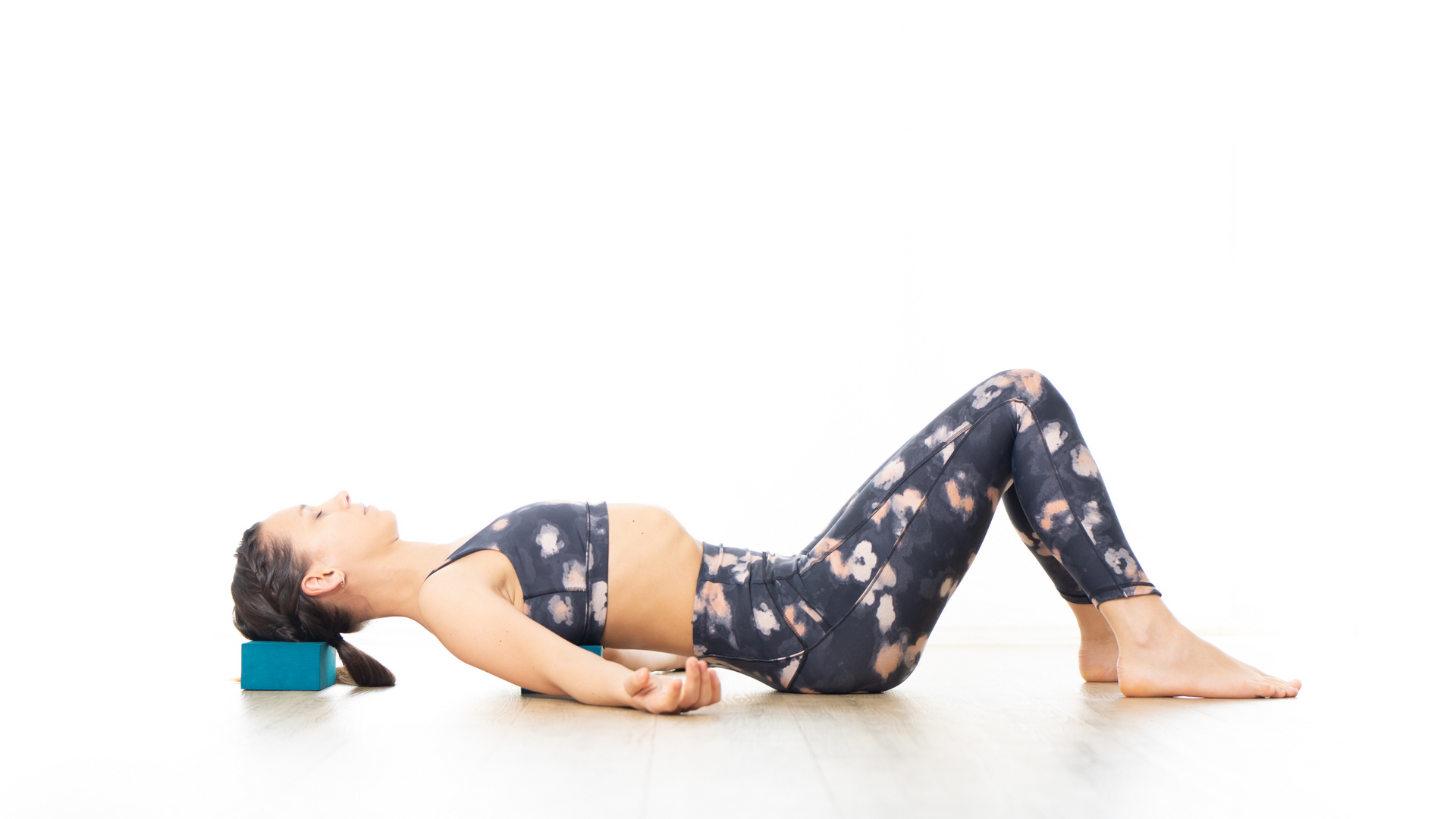
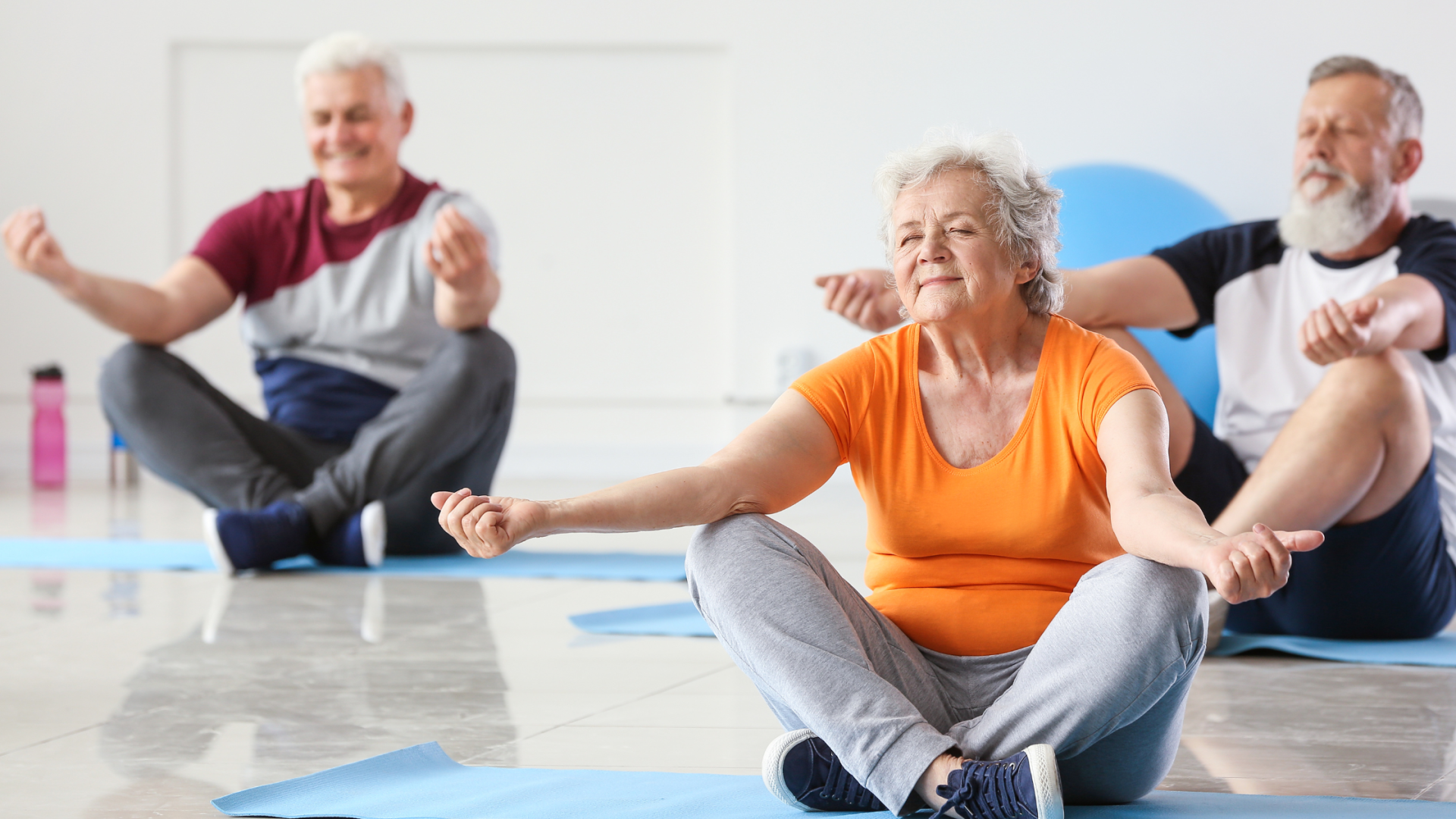
Join our mailing list for news and updates.

